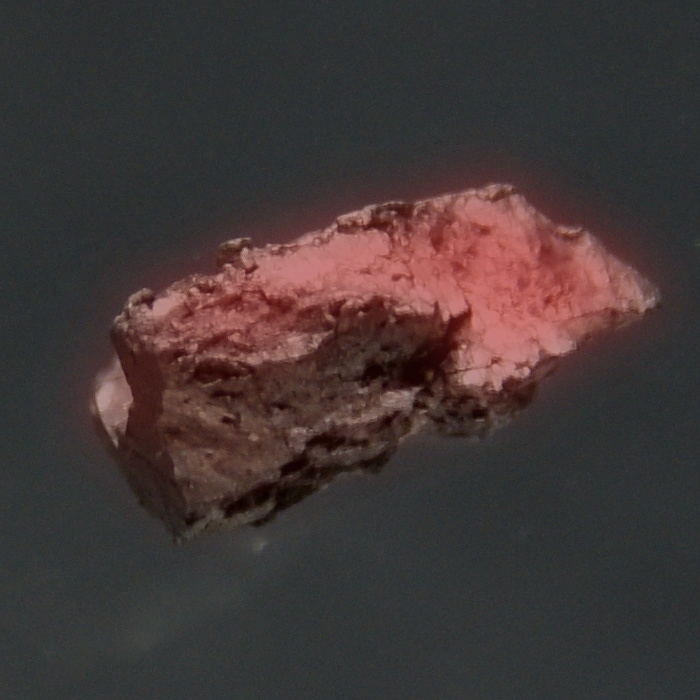キュリウム
96
Cm
族
該当なし
周期
7
ブロック
f
陽子
電子
中性子
96
96
151
一般特性
原子番号
96
原子量
[247]
質量数
247
カテゴリ
アクチノイド
色
銀色
放射性
はい
Curium is named after Madame Curie and her husband Pierre Curie
結晶構造
六方最密構造
歴史
Curium was discovered by Glenn T. Seaborg, Ralph A. James and Albert Ghiorso in 1944 at the University of California, Berkeley.
It was produced by bombarding plutonium with alpha particles during the Manhattan Project.
Curium metal was produced only in 1951 by reduction of curium fluoride with barium.
It was produced by bombarding plutonium with alpha particles during the Manhattan Project.
Curium metal was produced only in 1951 by reduction of curium fluoride with barium.
電子殻
2, 8, 18, 32, 25, 9, 2
電子配置
[Rn] 5f7 6d1 7s2
Curium accumulates in the bones, lungs and liver, where it promotes cancer
物理特性
相
固体
密度
13.51 g/㎝3
融点
1613.15 K | 1340 °C | 2444 °F
沸点
3383.15 K | 3110 °C | 5630 °F
融解熱
該当なし
蒸発熱
該当なし
熱容量
-
地殻中における存在比
該当なし
宇宙空間における存在比
該当なし

CAS登録番号
7440-51-9
PubChem CID番号
該当なし
原子特性
原子半径
174 pm
共有結合半径
169 pm
電気陰性度
1.3 (ポーリングの値)
イオン化エネルギー
5.9915 eV
モル体積
18.28 ㎝3/mol
熱伝導率
0.1 W/㎝·K
酸化数
3, 4
用途
Curium is mainly used for scientific research purposes.
Curium is a common starting material for the production of higher transuranic elements and transactinides.
The most practical application of 244Cm is as α-particle source in the alpha particle X-ray spectrometers (APXS).
Curium is a common starting material for the production of higher transuranic elements and transactinides.
The most practical application of 244Cm is as α-particle source in the alpha particle X-ray spectrometers (APXS).
Curium is harmful due to its radioactivity
同位体
安定同位体
-不安定同位体
233Cm, 234Cm, 235Cm, 236Cm, 237Cm, 238Cm, 239Cm, 240Cm, 241Cm, 242Cm, 243Cm, 244Cm, 245Cm, 246Cm, 247Cm, 248Cm, 249Cm, 250Cm, 251Cm, 252Cm